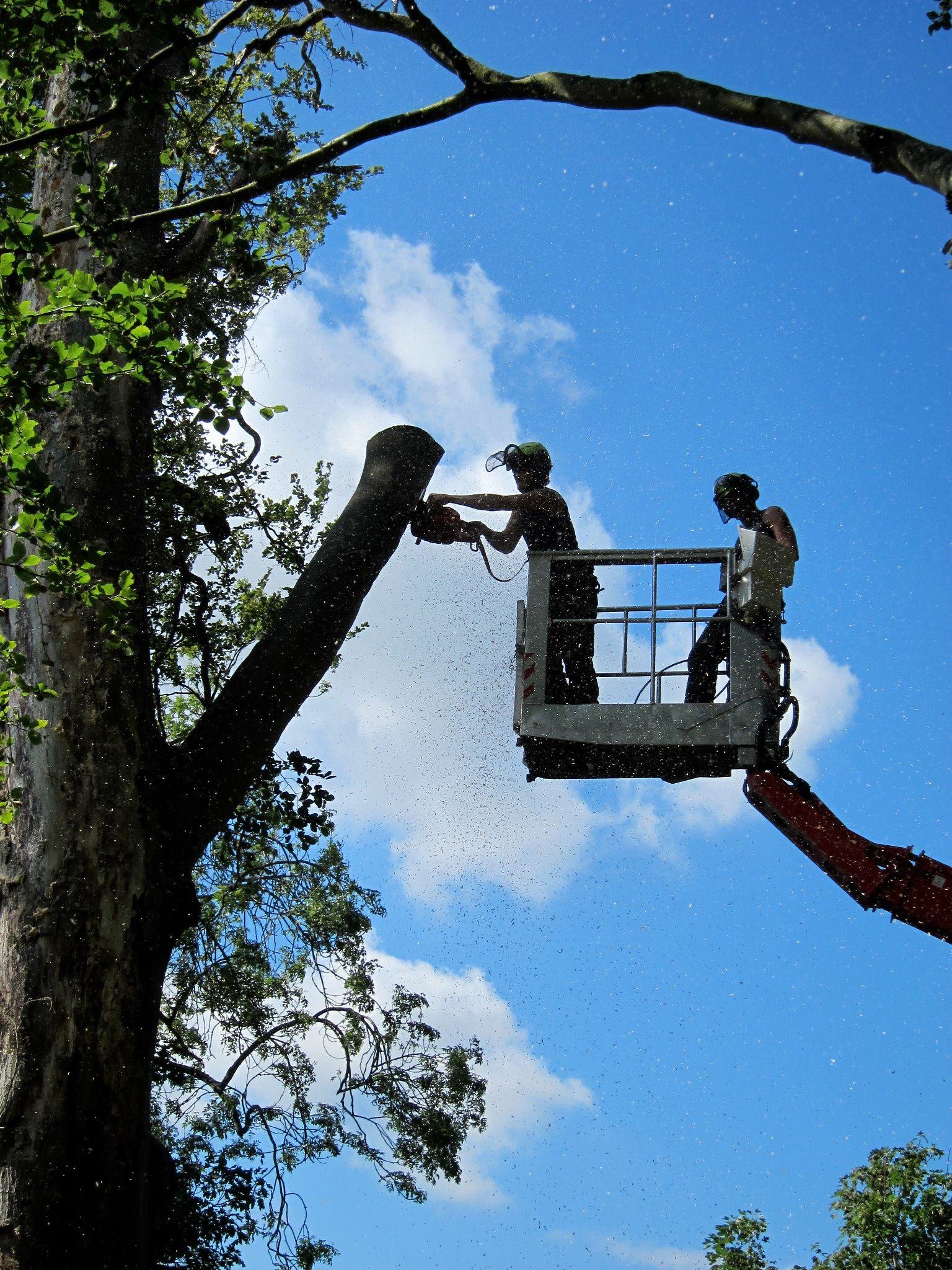MEWP vs Climber: how arborists use machinery & why.
As arborists we often find ourselves facing complex decisions when it comes to using machinery during tree surgery. When it comes to gaining access to a tree it really comes down to using Mobile Elevated Work Platforms (MEWPs) or traditional climbing techniques.
The MEWP Advantage: Safety and Efficiency
Mobile Elevated Work Platforms (MEWPs) are specialised machinery designed to lift workers and equipment to elevated positions. We choose MEWPs for tasks that require access to tree canopies without having to climb. Safety is a paramount consideration here, as MEWPs provide a stable and controlled platform for our arborists to perform their work.
Reasons for Choosing MEWPs:
Safety First: MEWPs significantly reduce the risk of falls and accidents associated with traditional climbing methods, although thankfully incredibly rare! Elevated platforms offer stable working conditions, ensuring our arborists can focus on their tasks without compromising safety.
Efficiency: MEWPs allow the team to access higher and more challenging areas of the tree with ease. This enhances their ability to prune, trim, and inspect trees efficiently, ultimately saving time for our clients and our teams!
Accessibility: For large or difficult-to-reach trees, MEWPs provide access that would be otherwise unattainable. This accessibility is especially beneficial in urban areas where safety and limited space are concerns.
The Climbing Connection: Traditional Techniques
Despite the advancements in machinery, many arborists (ourselves included!) continue to rely on traditional climbing techniques. Climbing allows for a personal connection with trees and offers unique advantages that machinery might not provide.
Reasons for Choosing Climbing:
Precision: Climbers have fine-tuned control over their movements, allowing them to navigate intricate branches and delicate areas with precision. This is essential for tasks like pruning, thinning, and removing specific branches.
Selective Approach: Climbers can choose the optimal route within the tree canopy, ensuring minimal damage to surrounding branches and foliage. This selective approach supports the tree's health and aesthetics.
Assessment: Climbers can closely inspect the tree's health and structural integrity from various angles. This hands-on assessment helps identify potential issues that might not be visible from the ground.
The Right Tool for the Right Task
In the world of tree surgery, there's no one-size-fits-all solution. Our arborists consider the specific requirements of each task, along with safety, efficiency, and environmental impact, before choosing between MEWPs and climbing techniques. Both approaches have their place in an arborist's toolkit, and the decision often boils down to striking the right balance between safety, precision, and accessibility.



